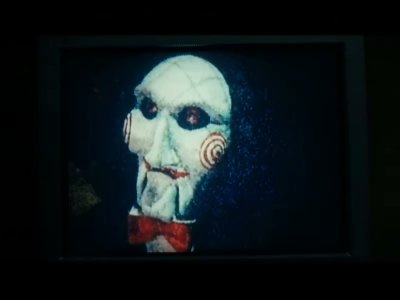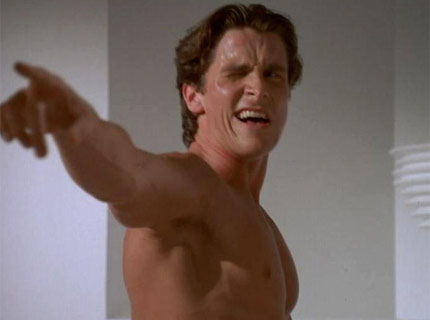Media, Gender, and Identity by David Gauntlett starts out like any media critique book. It acts as an Introduction (of course, since it is the title of the dang chapter) to the basic groundwork of the book as a whole. Simply put, this book is made to analyze what media might be implying and how these can be effecting us as the people. As the title of the book suggests, an emphasis is put on the gender issue of media. Later in the chapter, Gauntlett gives a quick image into the issues of Masculinity and Femininity. Men used to impose the ideals of the household and society, and women used to support the man's ideals. Now there is a shift and women are becoming not only the nurturers but also the bread winners as well (not to say there still
isn't issues with femininity in U.S. culture today). This is just a taste of what is to come. I liked how Gauntlett actually pointed out the problems with his commentary. It leaves the concepts and ideals to be played around with by the readers.
The second chapter gives a tour to a few of the debates that are present in media critiques. The first one discusses whether media influences are imposed by the ones wielding it, or is media something that the people actually have the power over (determinism or social constructivism?) Do commercials cheapen the art of television and film therefore making it the power of the media? Does the fact that we are critiquing media now make us the powerful? This really is an unanswerable answer (what is the sound of one hand clapping). Gauntlett also brings up the idea that media is something that is just interpreted different by everyone thanks to Stuart Hall. The chapter then goes on to discuss the issue of psychologists and their dealings with gender issues. Like one of the problems with this book in chapter one, the psychologists focused on the popular culture instead of new, radical ideas.
Picture yourself in a boat on a river,
With tangerine trees and marmalade skies.
Somebody calls you, you answer quite slowly,
A girl with kaleidoscope eyes.
Cellophane flowers of yellow and green,
Towering over your head.
Look for the girl with the sun in her eyes,
And she's gone.
{CHORUS}
Lucy in the sky with diamonds,
Lucy in the sky with diamonds,
Lucy in the sky with diamonds,
Ah... Ah...
{VERSE 2}
Follow her down to a bridge by a fountain,
Where rocking horse people eat marshmallow pies.
Everyone smiles as you drift past the flowers,
That grow so incredibly high.
Newspaper taxis appear on the shore,
Waiting to take you away.
Climb in the back with your head in the clouds,
And you're gone.
{CHORUS}
Picture yourself on a train in a station,
With plasticine porters with looking glass ties.
Suddenly someone is there at the turnstile,
The girl with kaleidoscope eyes.
lyrics from
this siteWhile I was writing this blog, Lucy in the Sky with Diamonds actually came on my music. There has been rumors thrown about that the song is actually a song about LSD due to the radical imagery in the song and in the music number in
Sgt. Pepper's Lonely Hearts Club Band Also most easily seen is the simple letter structure in the song's name
Lucy in the
Sky with
Diamonds. It has been said that the actual story is from a picture that John Lennon's son Julian showed him. Julian drew a classmate Lucy, who was in the sky with diamonds. Hence the name. For this particular situation there are these two debates but there are seemingly millions of other ones that could be the truth. However, we will never know the truth entirely.

The original picture drawn by Julian taken from
www.whatgoeson.com/gallery/lsdpic.jpg












